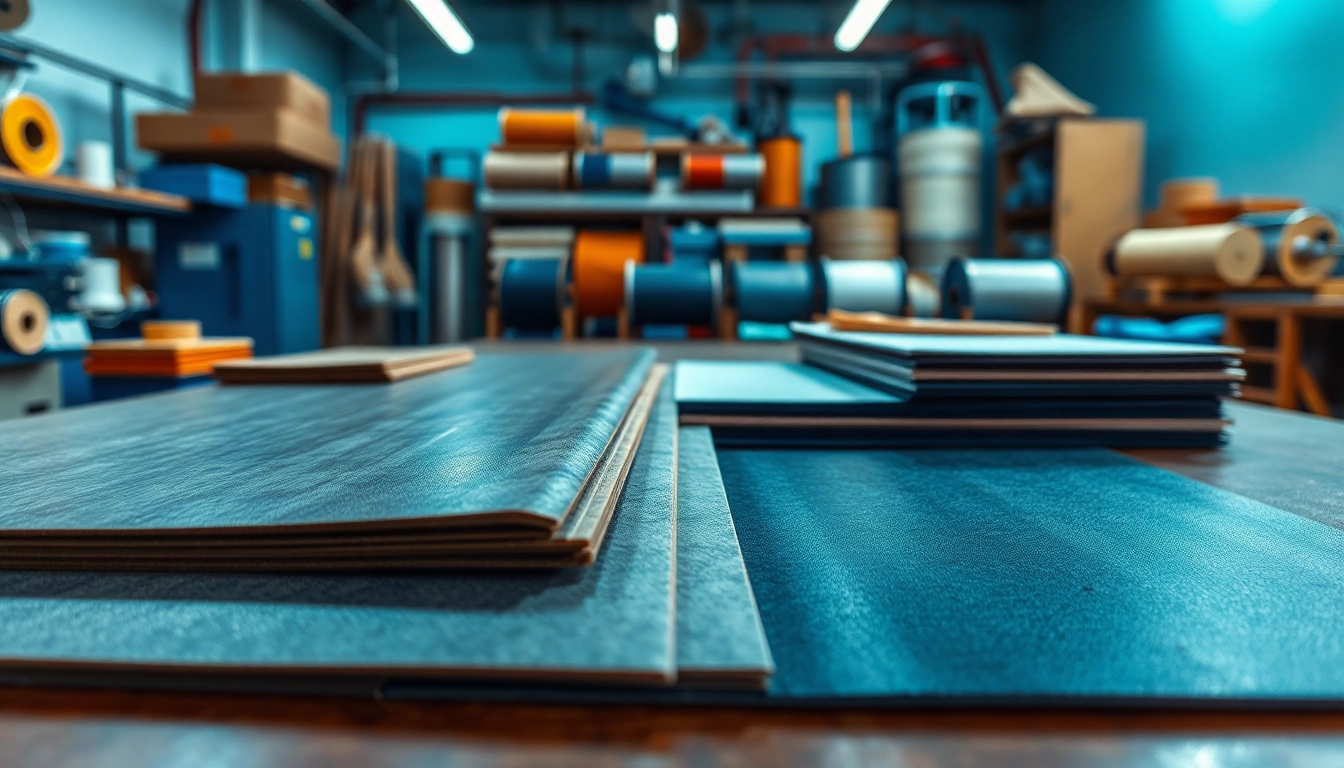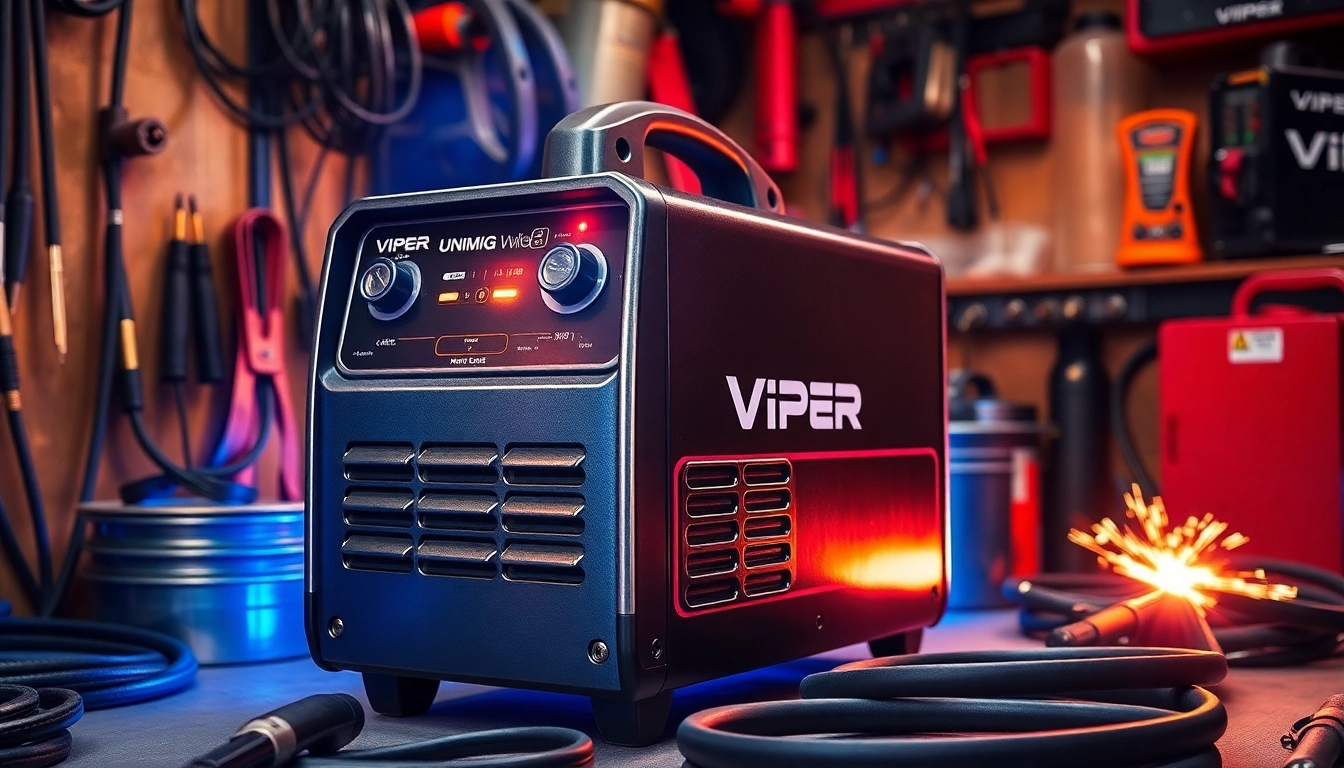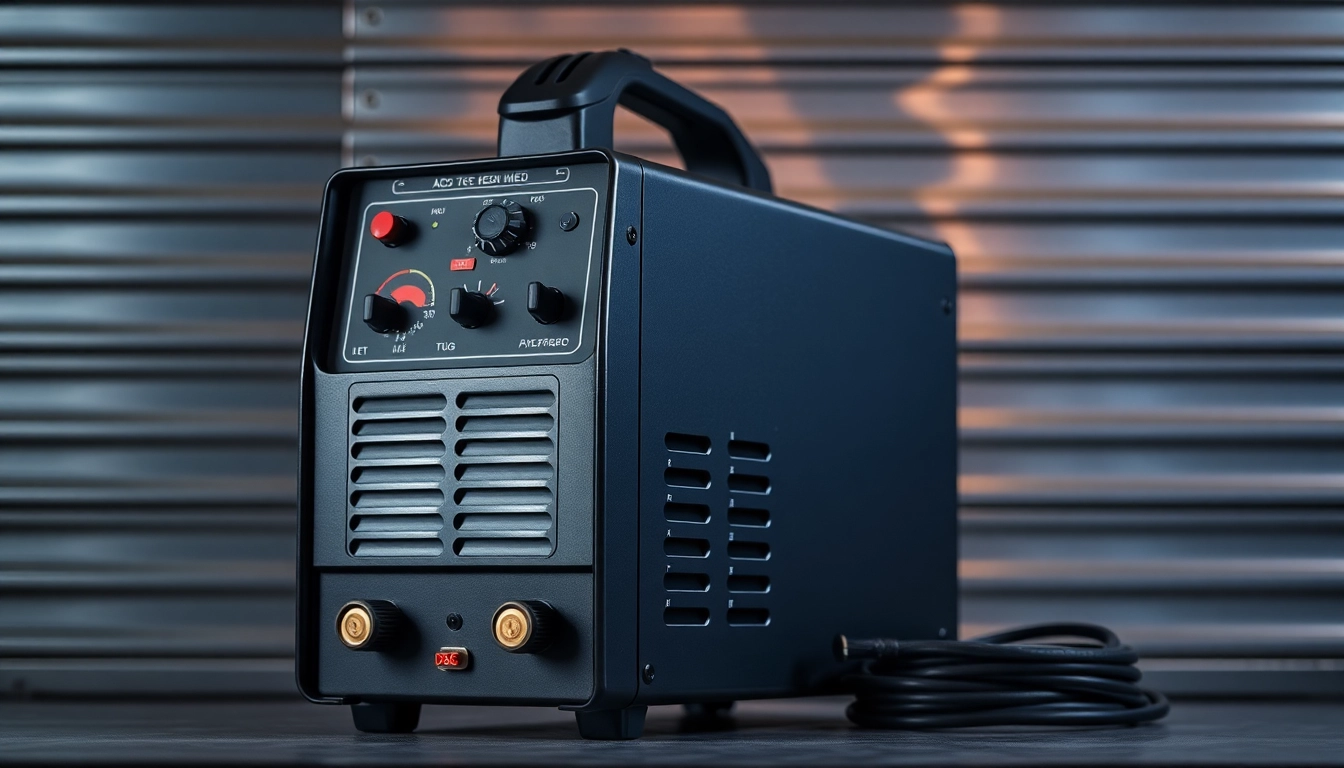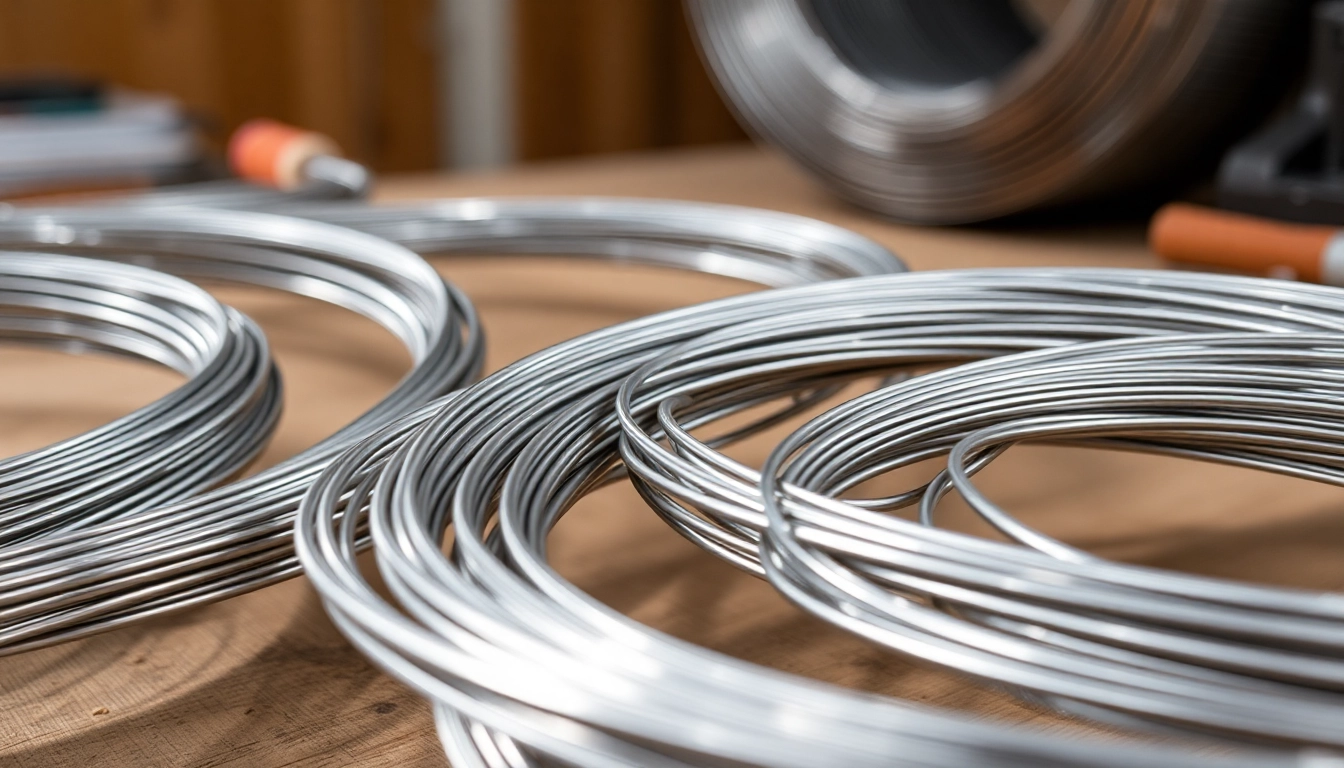Understanding Epoxy Prepregs
What are Epoxy Prepregs?
Epoxy prepregs are composite materials made from fibers that have been pre-impregnated with epoxy resin. This innovative approach streamlines the manufacturing process, making it easier to produce high-performance composites for various applications. Unlike traditional methods where resin is applied in separate steps, epoxy prepregs are ready-to-use materials that offer exceptional consistency and quality. The term epoxy prepregs refers to their unique composition, which imbues them with properties such as high strength-to-weight ratios, durability, and ease of use.
Composition of Epoxy Prepregs
The primary components of epoxy prepregs include the reinforcing fibers and the epoxy resin. These fibers can be carbon, glass, aramid, or other composites, each contributing to the material’s overall properties. The resin serves not only as a bonding agent but also as a thermal and electrical insulator. The chemical composition of the epoxy resin can vary based on the application requirements, with different formulations providing enhanced cure speeds, temperature resistance, or flexibility.
Types of Fibers Used in Epoxy Prepregs
In epoxy prepregs, the choice of fibers significantly affects the mechanical properties and suitability for specific applications. The most common types include:
- Carbon Fibers: Known for their exceptional strength and rigidity, carbon fibers are often used in aerospace, automotive, and sporting goods industries.
- Glass Fibers: These fibers offer a good balance of strength and cost-effectiveness, commonly used in less demanding applications.
- Aramid Fibers: Renowned for their impact resistance and toughness, aramid fibers find applications in advanced defense and security sectors.
Benefits of Using Epoxy Prepregs
High Performance and Durability
One of the most significant advantages of epoxy prepregs is their high performance. The inherent properties of the epoxy resin, combined with the strength of the fibers, lead to materials that withstand extreme conditions while maintaining structural integrity. This makes them ideal for demanding applications in the aerospace and automotive sectors, where safety and performance are critical.
Cost-Effectiveness for Manufacturers
While the initial investment in epoxy prepregs can be higher than traditional materials, they offer long-term cost benefits. Their ease of handling and reduced post-processing minimize labor costs and waste. Furthermore, their consistent quality reduces the likelihood of defects, leading to improved production efficiency and lower rejection rates.
Versatile Applications Across Industries
Epoxy prepregs are incredibly versatile, serving various industries such as:
- Aerospace: Used for fuselage components, wings, and other critical structures due to their lightweight yet robust characteristics.
- Automotive: Applied in high-performance vehicles where weight reduction is essential for fuel efficiency and speed.
- Consumer Goods: Products like sports equipment and electronic casings benefit from the superior strength and aesthetic finishes achievable with epoxy prepregs.
Manufacturing Processes Involving Epoxy Prepregs
Wet Layup vs. Prepreg Process
Two predominant methods in composite manufacturing are the wet layup and the prepreg process. Wet layup involves manually applying resin to dry fabrics, resulting in variations in quality and performance. In contrast, the prepreg process ensures a uniform distribution of resin, resulting in consistent material properties across batches. This precision is crucial, particularly in applications where safety and performance are paramount.
Curing Methods for Epoxy Prepregs
Curing is a critical aspect of the prepreg process. It involves heating the prepregs to activate the resin, enabling it to harden and bond with the fibers. Two common curing methods are:
- Autoclave Curing: Utilizes high pressure and temperature, resulting in superior mechanical properties and a smooth finish.
- Oven Curing: This method is more cost-effective but may not achieve the same level of quality as autoclave curing.
Quality Control in Production
Maintaining high standards in production involves rigorous quality control processes. Essential steps include material testing for fiber alignment, resin content, and mechanical properties. Advanced techniques such as ultrasonic testing and thermography can identify defects that may not be visible to the naked eye, ensuring that only the highest quality epoxy prepregs are used in manufacturing.
Challenges and Solutions in Using Epoxy Prepregs
Storage and Handling Considerations
Due to their resin content, epoxy prepregs require precise storage conditions to maintain their usability. These materials are typically stored in cool environments and may need to be kept refrigerated or frozen to extend their shelf life. Manufacturers must establish clear protocols for handling and using these materials, ensuring that operators are trained to reduce chances of contamination and spoilage.
Common Manufacturing Issues
While epoxy prepregs offer many benefits, some challenges may arise during production, including:
- Poor Fiber Wet-Out: Insufficient adhesion of the resin to the fibers can lead to weak spots. Solutions involve optimizing the curing process and adjusting resin formulations.
- Delamination: This occurs when layers of the composite do not bond properly. Monitoring the curing parameters can help avoid this issue.
Innovations to Improve Performance
Continuous research and development efforts aim to enhance the performance of epoxy prepregs. Innovations include the development of nano-fillers to improve strength and heat resistance, as well as hybrid systems that combine different types of fibers for improved mechanical properties. Such advancements contribute to more efficient manufacturing processes and the expansion of applications for epoxy prepregs.
Future Trends in Epoxy Prepreg Technology
Sustainable Practices in Manufacturing
The push for sustainability in manufacturing is gaining momentum, and epoxy prepregs are no exception. Manufacturers are exploring bio-based resins that reduce environmental impact while maintaining performance. Additionally, recycling initiatives for composite materials aim to create a closed-loop system, minimizing waste and promoting circular economy principles.
Advancements in Resin Chemistry
Innovative developments in resin chemistry are key to unlocking the potential of epoxy prepregs. Researchers are focused on creating resins that cure at lower temperatures or are more forgiving under varying conditions. These enhancements can lead to significant improvements in manufacturing efficiency and material performance.
Emerging Markets for Epoxy Prepregs
The demand for epoxy prepregs is on the rise across several emerging markets. Industries such as wind energy, military applications, and advanced consumer products are increasingly seeking the benefits offered by these composites. As technologies mature and production techniques improve, the accessibility of epoxy prepregs will grow, opening new avenues for innovation and application.



